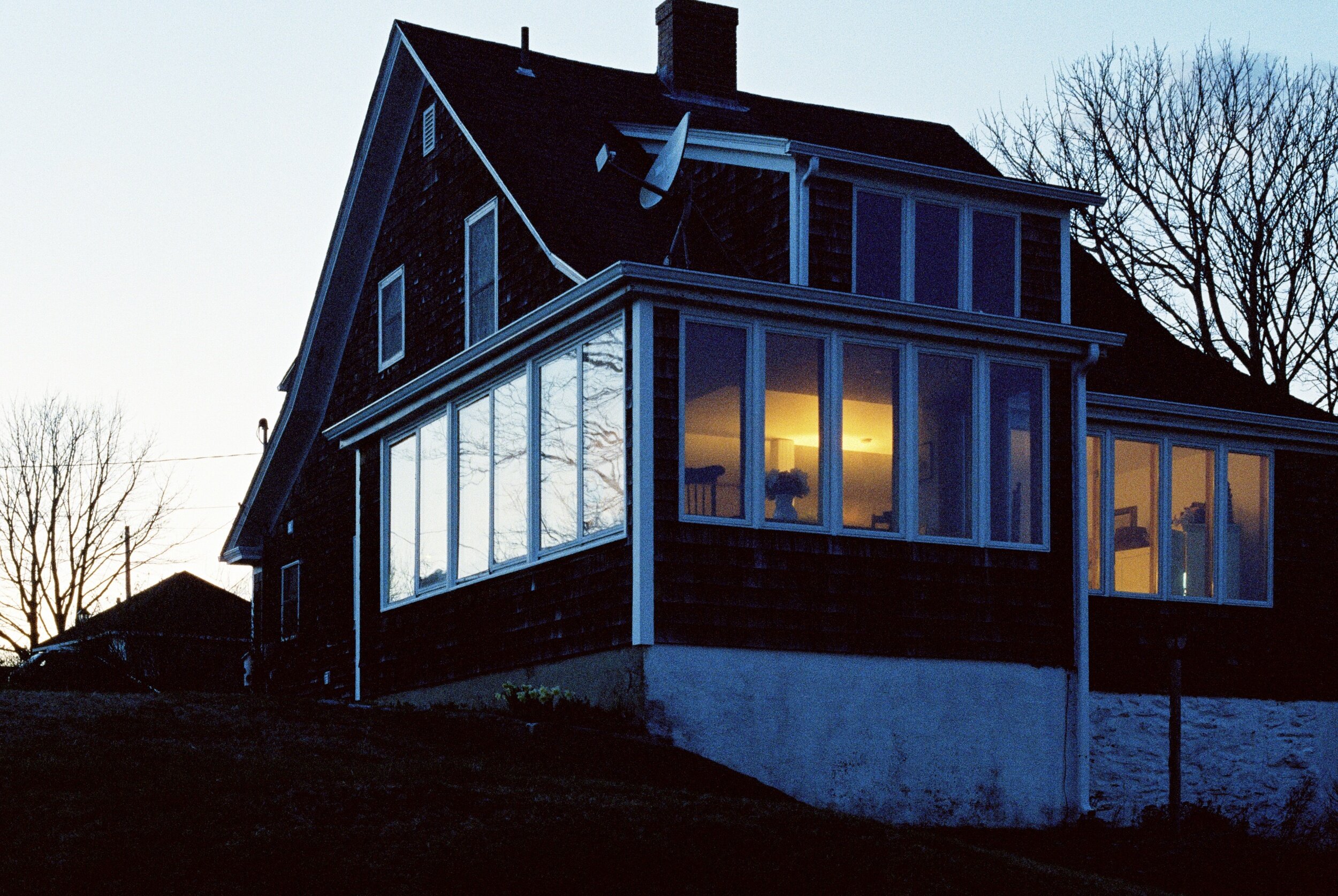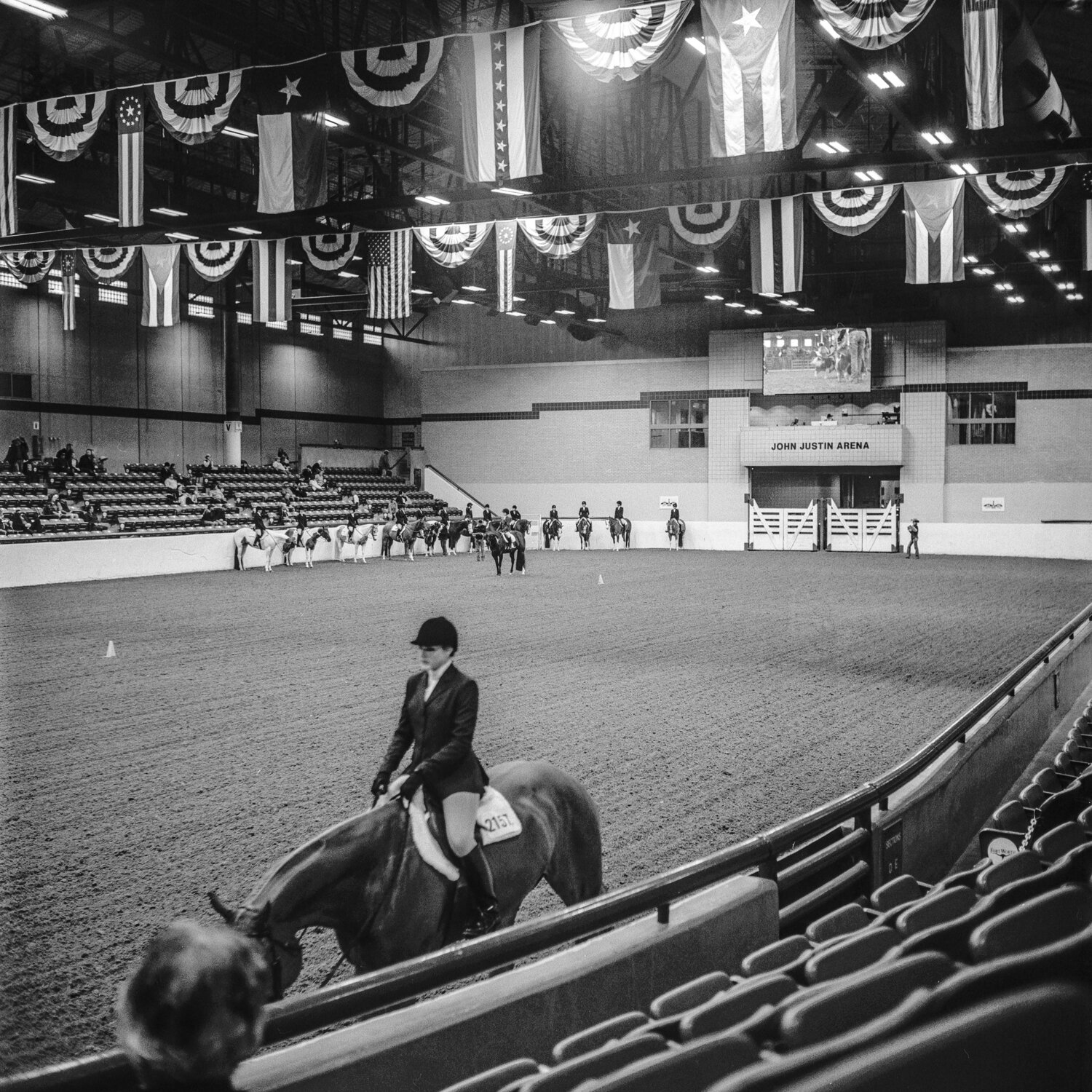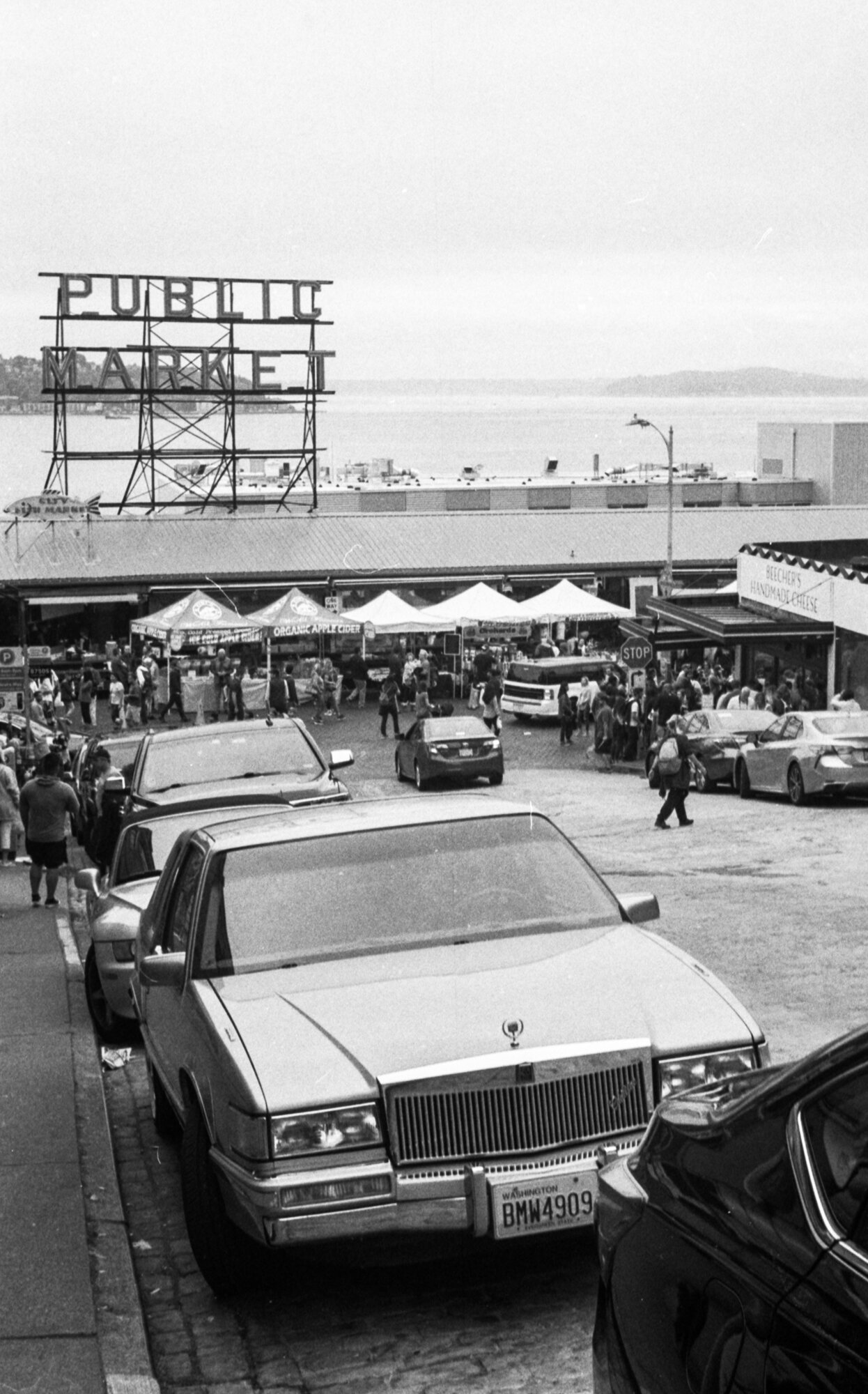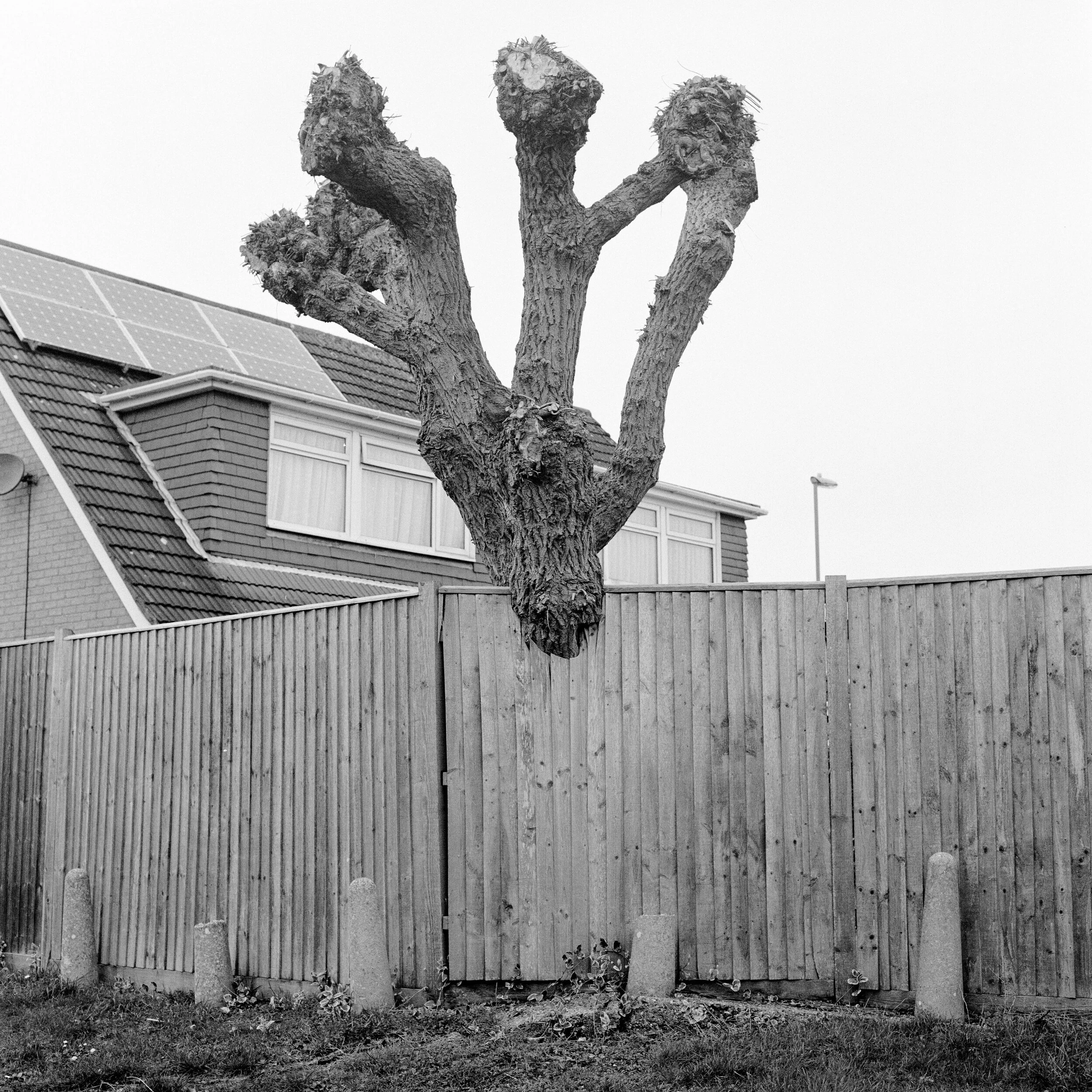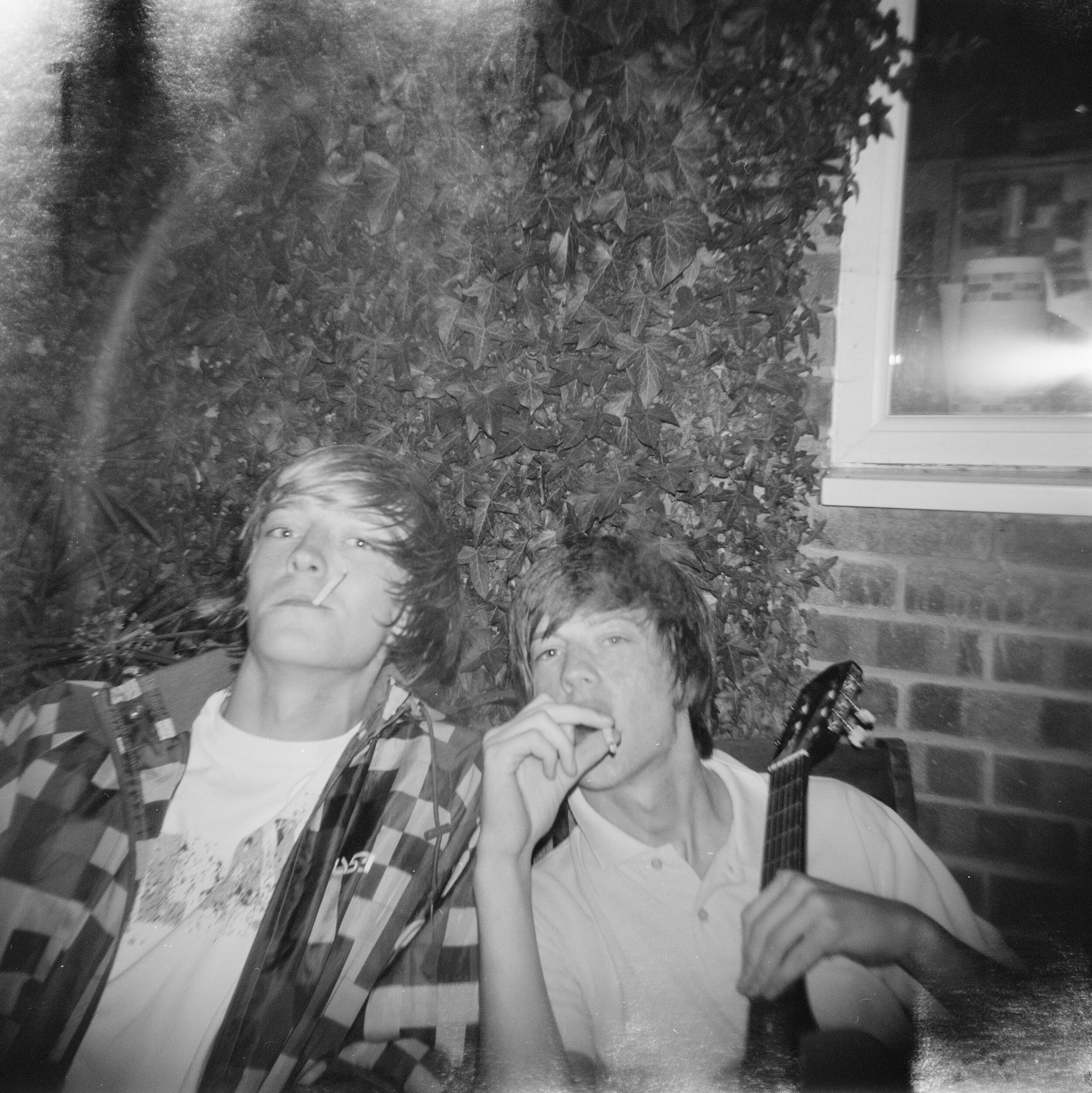After Hours // Golden Daze : Gavin Thomas Spellman
Andrew D. McClees (ADM): For those who aren't familiar, could you introduce yourself, and give us an overview of your work?
Gavin Thomas Spellman (GTS): Hi, my name is Gavin Spellman. I’m a film photographer from Bath, Maine. I got into film roughly 11 years ago. After a LONG hiatus I picked it back up again. My work is sort of all over the place. From portraits to landscapes, still lifes to vehicles, I just want to create something beautiful.
PC: Gavin Thomas Spellman
ADM: What was the impetus to make After Hours/Golden Daze - how did you reach the idea of making a "dual zine" ? Was the zine created with the or a specific concept in mind, or did you build it out of an extant photo pool?
GTS: I had been thinking of putting out a zine for a while. i had just got into night photography and thought that would be a good theme to roll with, therefore "After Hours" was born. in the process of choosing photos and laying it out i kept returning to my daytime/golden hour shots. i became conflicted and wanted to make a project of those as well. So one day it just sort of clicked, i could combine the two themes. Though very different, the narratives share similarities. The zine split down the middle with no back cover. the back of one is the front of the other (if that makes sense haha).
ADM: You mention narrative - could you flesh it out for us - as in, what the narrative is - implied or otherwise is for the zines; and how you put them together?
PC: Gavin Thomas Spellman
GTS: I set the narrative up as if the reader was sort of being taken on a walk. Both zines start at an apartment. As you turn the pages you're brought to different locations, places that aren't necessarily in proximity of each other in reality, but as far as the story goes they are a part of the short little journey. As you continue on, the story brings you back and ends at the apartment at which you started.
ADM: What were the influences for After Hours/Golden Daze - photographpic or otherwise?
PC: Gavin Thomas Spellman
GTS: I just really wanted to make something different, a zine that sort of stands out in a crowd. The "After Hours" side was highly influenced by Todd Hido’s work in his book "House Hunting", also influenced by a fellow film photographer, Walter Lodzinski (@risenbeforedawn) His night photography work really got me interested in shooting after dark. As far as the influence for "Golden Daze" goes, i have just always been drawn to the way light paints itself beautifully onto otherwise ordinary scenes.
ADM: How do you think working in the dark influenced your process or narrative?
GTS: shooting at night is definitely a learning curve and i haven't quite mastered it yet. for me it's a lot slower. i have my tripod, and my shutter cable. when metering you have to compensate your exposures with the reciprocity factor in mind. so theres a little bit more calculating that goes into it. so as far as influence to my process goes, i think it has sort of taught me to pay more attention to light and the absence of light.
ADM: What do you generally think about while out shooting, is there a particular thought or visual process you have?
PC: Gavin Thomas Spellman
GTS: It all depends on the situation really - if I'm just out and about, I'll shoot whatever catches my eye. If I make a plan to visit a certain location, I'll slow down and approach it with a much more methodical process.
ADM: Can you speak on that methodical process a bit more, or like what the methodology is?
GTS: When I set out to a spot with the intent to photograph it I'll usually focus a lot more on my composition. I'll take multiple meter readings, and bracket my shots if I really like a composition, just so I have a few different exposures to choose from. Mostly it all comes down to finding exactly what I want in frame.
PC: Gavin Thomas Spellman
ADM: What was the zine assembly process like for you? Was there a moment where the zine, or dual zine clicked together for you - like particular image or sequence?
GTS: I used Adobe Indesign to lay it out, which was confusing at first but once you get the hang of it you fly right through. The difficult part was design one half of the zine upside-down. I would place a spread, flip it horizontally, then vertically, take a photo of my screen with my phone, flip that to see how the spread would look upright - if I liked it, I would keep it - if not - I'd start again (it was a pain in the ass haha).
The photo that really birthed the project was the cover of "After Hours". That was the starting point for me. Once I realized what I wanted to do I took the same photo at golden hour for the cover of "Golden Daze". I had recently bought "Cape Light" by Joel Meyerowitz, and one sequence in his book shows the same image taken at different times of day. It really shows you the effect that light has on color, and your subjects in photos. That really spoke to me.
PC: Gavin Thomas Spellman
ADM: Stepping left - how would you say your environment shapes the narrative, and the compositions?
GTS: The neighborhood I live in has a lot of the same looking brick buildings. I tried to make the shots of these buildings different in their own way. Either by using light or composing in different ways. The surrounding towns are all coastal, so I added a bit of that as well.
ADM: What advice would you give to someone working on night photography, and attempting to build a narrative around it?
GTS: Just try it. You are most definitely going to waste some film and have shots not come out how you envisioned, but don’t get discouraged. Once get a better understanding of your exposures you’ll get the results you’re looking for.
ADM: From Kwasi Boyd Bouldin: How do you want people to remember your work?
GTS: Any way they would like. I don’t really feel I can make people remember my work in any certain way, but as long as at it sparks some sort of feeling to the viewer, I’m happy.
ADM: What's one question you have for the next photographer? You can answer it yourself if you'd like.
GTS: Where do you find inspiration to create
ADM: Where can people order a copy of the zine, and see more of your work - any parting words?
GTS: My zine can be found at gavinspellmanphoto.bigcartel.com and my work can be found on Instagram: @gavin_thomas_spellman
I would just like to thank you for the opportunity to share my work and words. Thank you!




